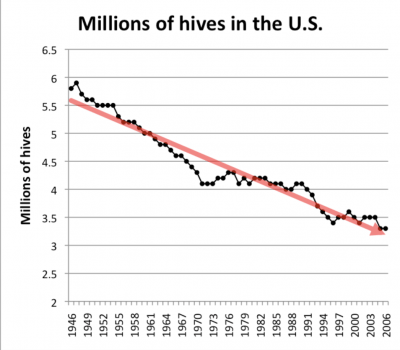Florida is a unique state to say the least. It’s a place that’s brimming with various different plants and animals, and has many conservation areas of great beauty such as the everglades. At the same time Florida is also in a constant state of development, as construction of shopping malls, housing, and retirement communities begin to fill up the state. Coupled with this is the large number of tourists and vacationers that come to the state every year seeking sunshine. All of this has impacted the wildlife and ecosystems of the region. One animal that is currently endangered is the Florida panther. Back in the 1970s and 80s when people were less environmentally conscious, the Florida panther population dropped down to around 20 or so. It was estimated by the U.S. Fish and Wildlife service in 2017 that there were between 120-230 panthers. The panther population has risen thanks to concerted efforts by conservationists to keep the panthers around, however, they are still severely endangered.
For clarity, let’s say that the population was 20 in 1975. Let’s also say that the 2017 population was 180. This is an obvious increase of 160 panthers over 42 years. If we divide 160 by 42 we get the rate of change: 3.81 new panthers every year. If in 1976 there were 23.81 panthers (up from 20 the previous year), then we can divide 23.81/20 for find the growth factor and percentage. The growth factor is 1.1905 and the percentage increase in panthers per year is 19%.
It’s hard to believe that the panther population will soon skyrocket, but with careful study and effort, the population could likely go back up to a steady level. This link highlights some of the dangers panthers face, and partially explains why there are so few of them.







